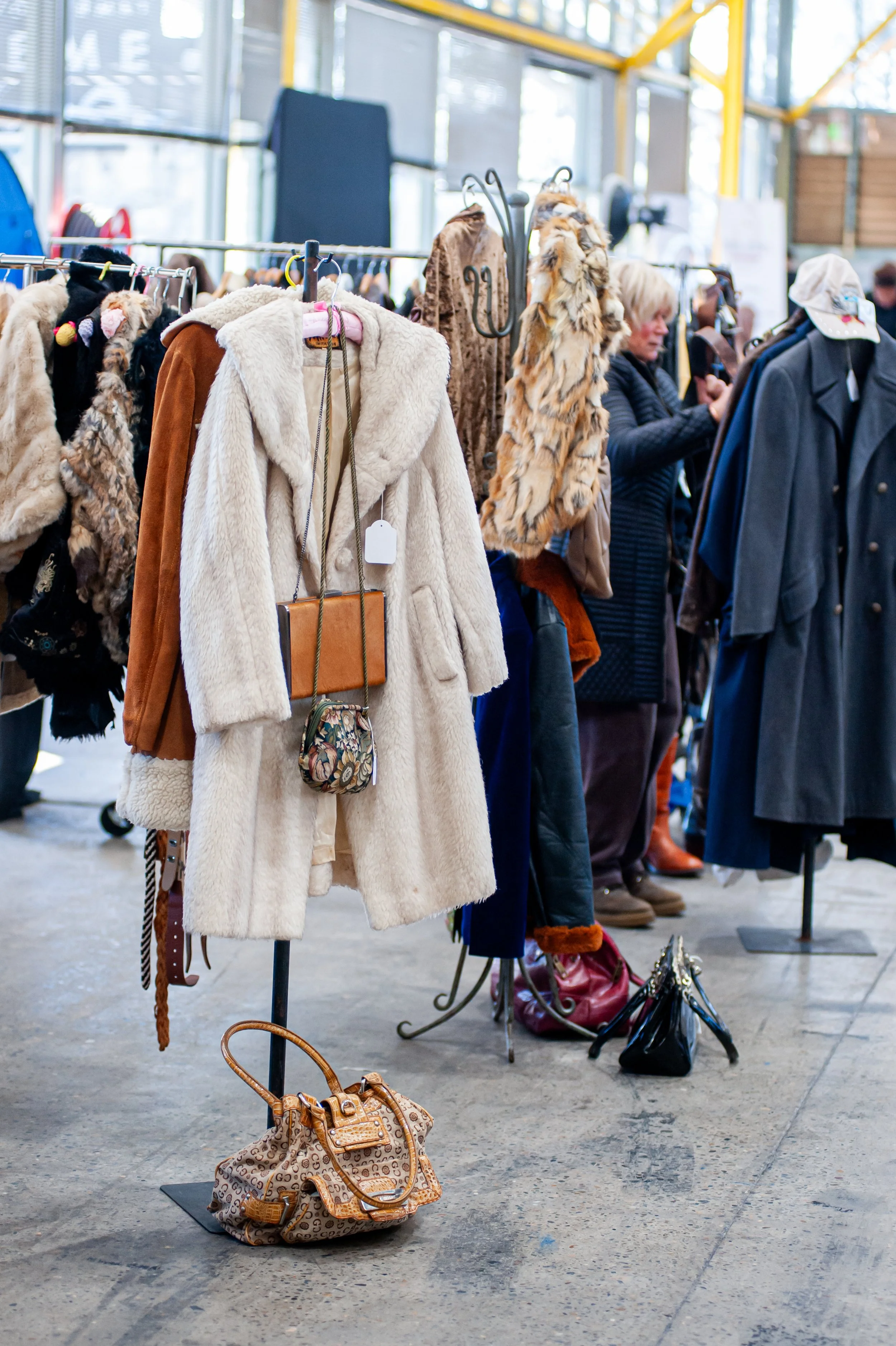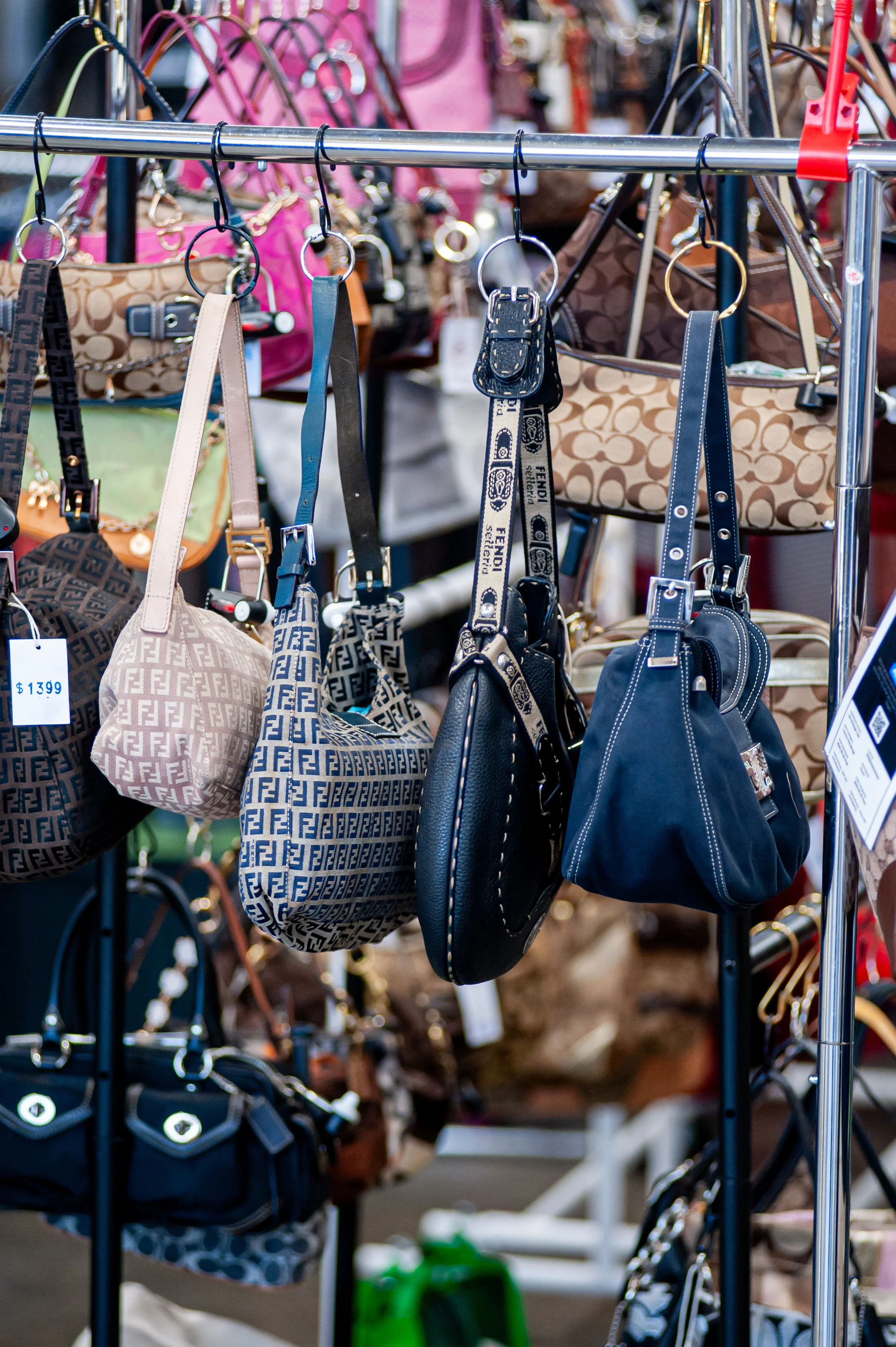FASHION THRIFT SOCIETY: THE FESTIVAL REDEFINING SECOND-HAND STYLE
There’s nothing ordinary about a Fashion Thrift Society weekend. Picture a warehouse buzzing with music, colour, and creativity, where vintage gems hang beside local labels and shoppers queue for tattoos between racks of denim. Founded in 2021 by Melody McCarthy in Australia, Fashion Thrift Society has turned second-hand shopping into a festival experience now touring Australia, New Zealand, and the UK.
What began as a small community market has evolved into a global celebration of style, sustainability, and self-expression. At its heart, Fashion Thrift Society is about connection between people, clothes, and the planet. Each event blends curated wardrobes, independent designers, and immersive experiences to prove that conscious fashion can be both exciting and accessible.
As the world embraces more mindful ways to consume fashion, Fashion Thrift Society stands out as a movement that makes sustainability aspirational. In this conversation, Melody McCarthy shares how a grassroots idea became an international phenomenon, the lessons learned along the way, and why the future of fashion is thrifted, thoughtful, and thriving.
Can you share the story behind how Fashion Thrift Society first came to life?
Fashion Thrift Society began in 2021 as a small fun fashion idea — a way to bring together fashion lovers to shop from each others wardrobes and grab a bargain. I had always been passionate about second-hand fashion, and had stalls at markets and sold vintage for some years prior. The vision was to create more than a market: a fashion festival that celebrated creativity, community, and conscious consumption. What started as a few racks of clothes in one city has now grown into a touring event across Australia, New Zealand, and the UK.
What have been some of the biggest challenges and milestones along the way?
One of the biggest challenges has been scaling something grassroots into a large-scale operation without losing the heart of it. Logistics like touring across 25+ cities, managing hundreds of vendors, and handling the costs of venues, staff, and travel have tested us.
Milestones include:
Launching in three countries within four years.
Building a team of seven salaried staff plus a wider network of creatives and coordinators.
Partnering with global platforms like Depop and Red Bull while still spotlighting local sellers and artists.
These moments showed us that what we were creating resonated beyond just one city — it was a movement.
How have you seen attitudes toward second-hand fashion evolve since you first started?
When we started, thrifting and preloved fashion were still seen by some as “alternative.” Today, it’s mainstream, aspirational, and part of everyday wardrobes. People want unique pieces, they want stories behind what they wear, and they’re also more conscious of the environmental impact of fast fashion. Social media, rising sustainability awareness, and the creativity of younger generations have driven this change — and our events have helped make second-hand shopping exciting, accessible, and cultural.
How do you go about curating your sellers and creating such unique event experiences?
Curation is at the heart of what we do. We carefully review every stall application to ensure sellers align with our values: authentic vintage, quality preloved wardrobes, and independent brands with originality. We don’t allow fast fashion or counterfeit stock. Beyond fashion, we curate unique experiences — from live music, food trucks, pop up bars, tooth gems, hair cuts, tattoos and piercings to aura readings, jewellery making, and photo booths — so the event feels like a festival rather than just a market. It’s about balance: affordability for shoppers, opportunity for vendors, and sustainability for the planet.
What advice would you give to aspiring entrepreneurs and creatives hoping to build something of their own?
My biggest advice is: start small, start messy, but start. Don’t wait for the “perfect” moment — the journey will shape itself once you begin. Build a strong sense of community around your idea, because that’s what sustains you when challenges come up. Stay authentic to your values, especially if you’re in fashion or sustainability, because people can feel when something is genuine. And finally — dream big but execute consistently. That’s how grassroots ideas turn into global movements.
Follow @fashion_field_mag and visit fashionfieldmag.com.au to be among the first to experience the launch this November.










